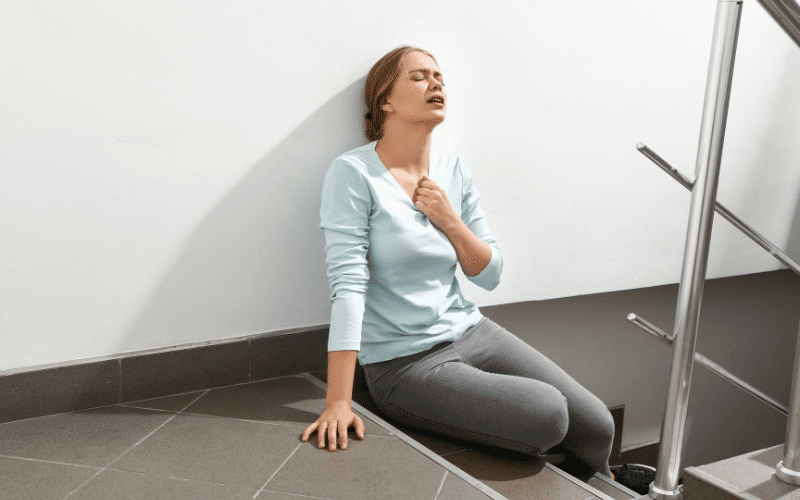2. Shortness of Breath: A Red Flag for Heart Complications

Another key symptom associated with chronic systolic heart failure is shortness of breath, medically termed dyspnea. This symptom presents as a labored breathing pattern, where individuals often feel out of breath or like they’re gasping for air. While shortness of breath might be common after intense physical activity or due to anxiety, it’s crucial to pay attention when it happens frequently or without a clear cause.
Shortness of breath in chronic systolic heart failure generally occurs due to fluid build-up in the lungs, a condition known as pulmonary edema. As the heart’s pumping efficiency diminishes, it fails to distribute blood effectively to meet the body’s needs. This inefficiency can lead to blood backing up into the veins that carry blood from the lungs to the heart. When these veins become overloaded, fluid leaks into the lungs, causing shortness of breath.
This symptom often intensifies with exertion or while lying flat. Some people might find relief from shortness of breath by propping themselves up with pillows at night or by sleeping in a recliner. Waking up breathless in the middle of the night can be a particularly alarming experience known as paroxysmal nocturnal dyspnea. This sudden and severe shortness of breath can be a crucial indicator of an underlying heart condition that needs immediate attention.
It’s also noteworthy that shortness of breath can appear alongside other symptoms like fatigue, swelling, and rapid weight gain. Therefore, it’s vital to seek immediate medical care if you or someone else experiences persistent or worsening shortness of breath. (2)